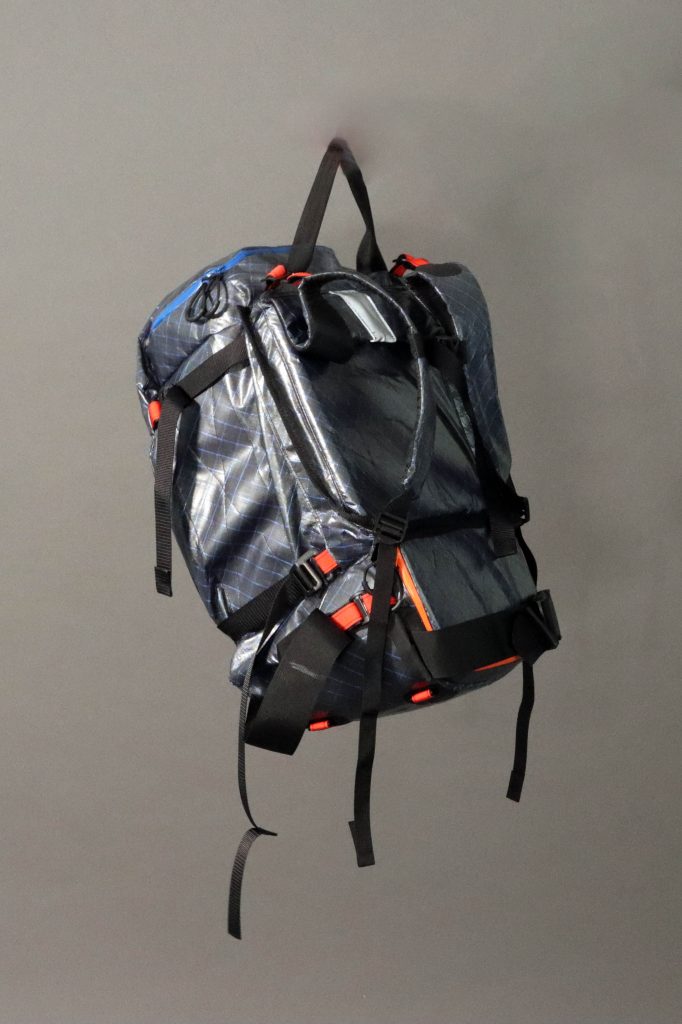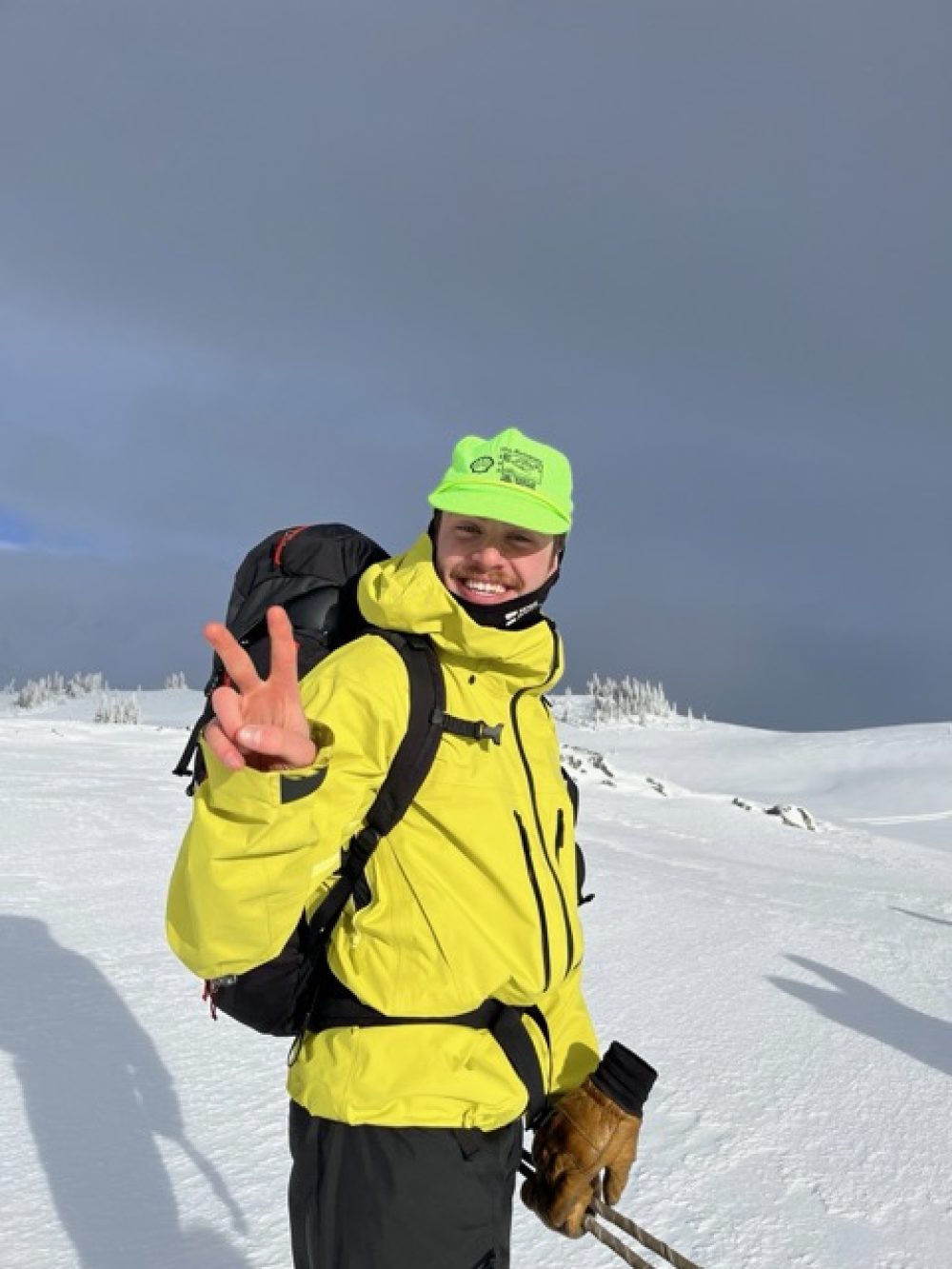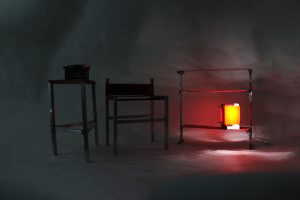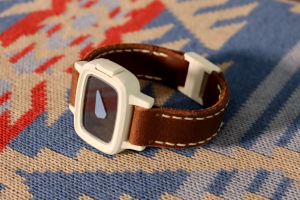CAR-E
Angus Duguid
ECU Award Recipient
ECU Health Design Award for Innovation – Honourable Mention
A human-centric approach to first responder carry systems
Angus Duguid
Humans have a unique relationship to stress; with the right amount, we perform at our highest level. Experience any more, and we begin to fall apart. Stress impacts every aspect of our ability to perceive and process our environment. For first responders, this experience is inevitable. But can we use human-centric, empathy-based design exploration to counter it? CAR-E is an optimistic answer.
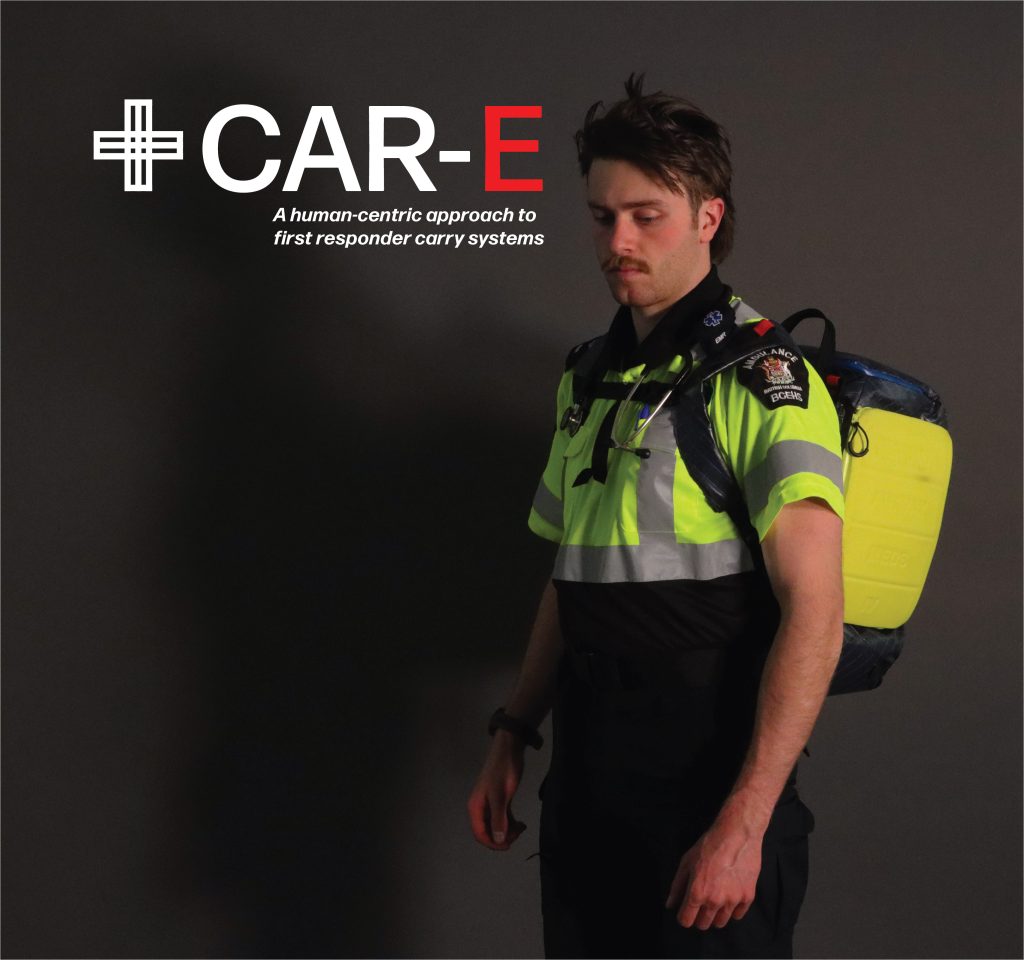
CAR-E is a medical response kit designed with the stress of emergency situations in mind. Jumpkits are complicated: they go with the responder on every call, and as a result, are filled with medical tools for a massive variety of uses. Finding the right tool is essential, and in some cases, lifesaving.
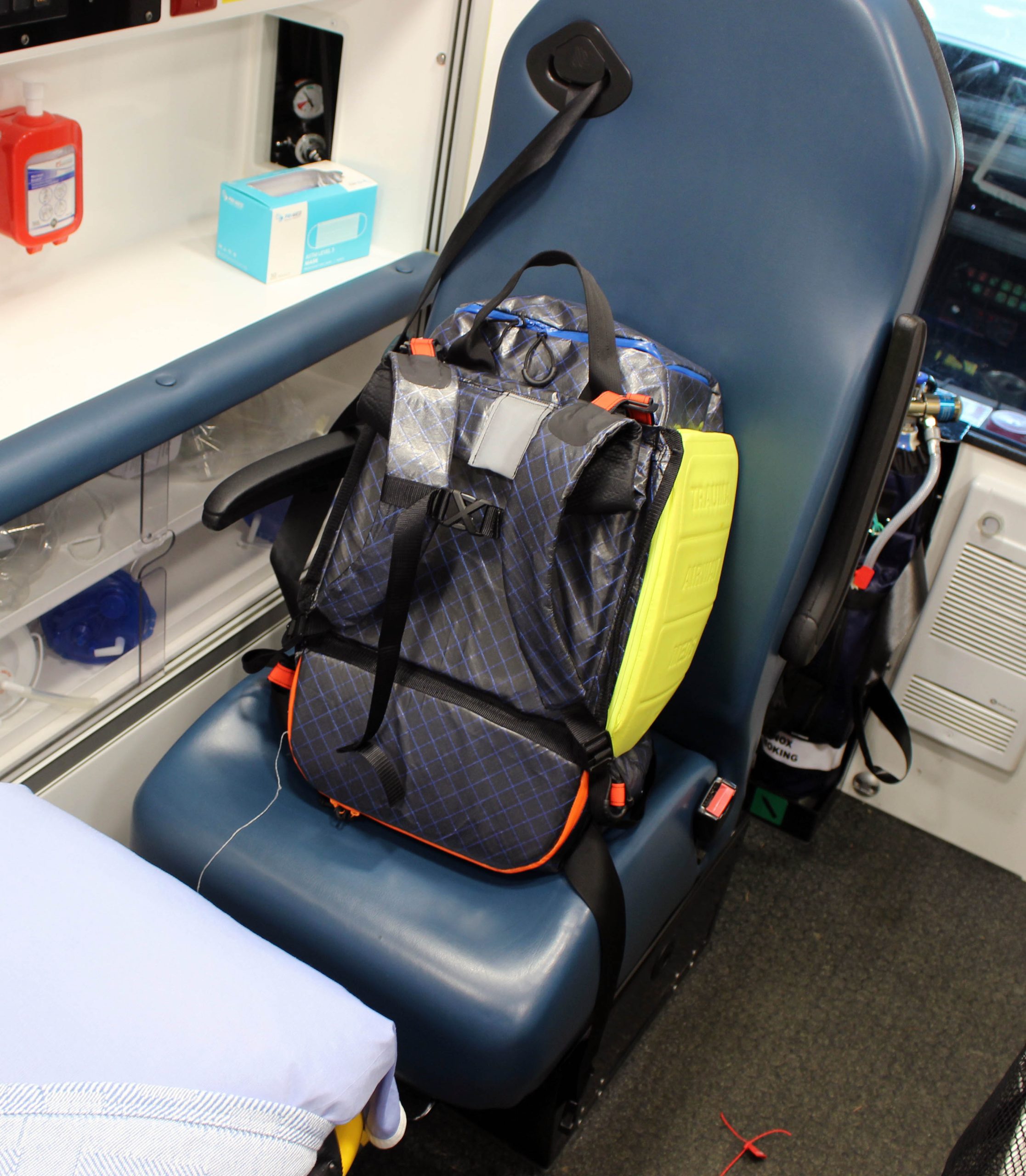
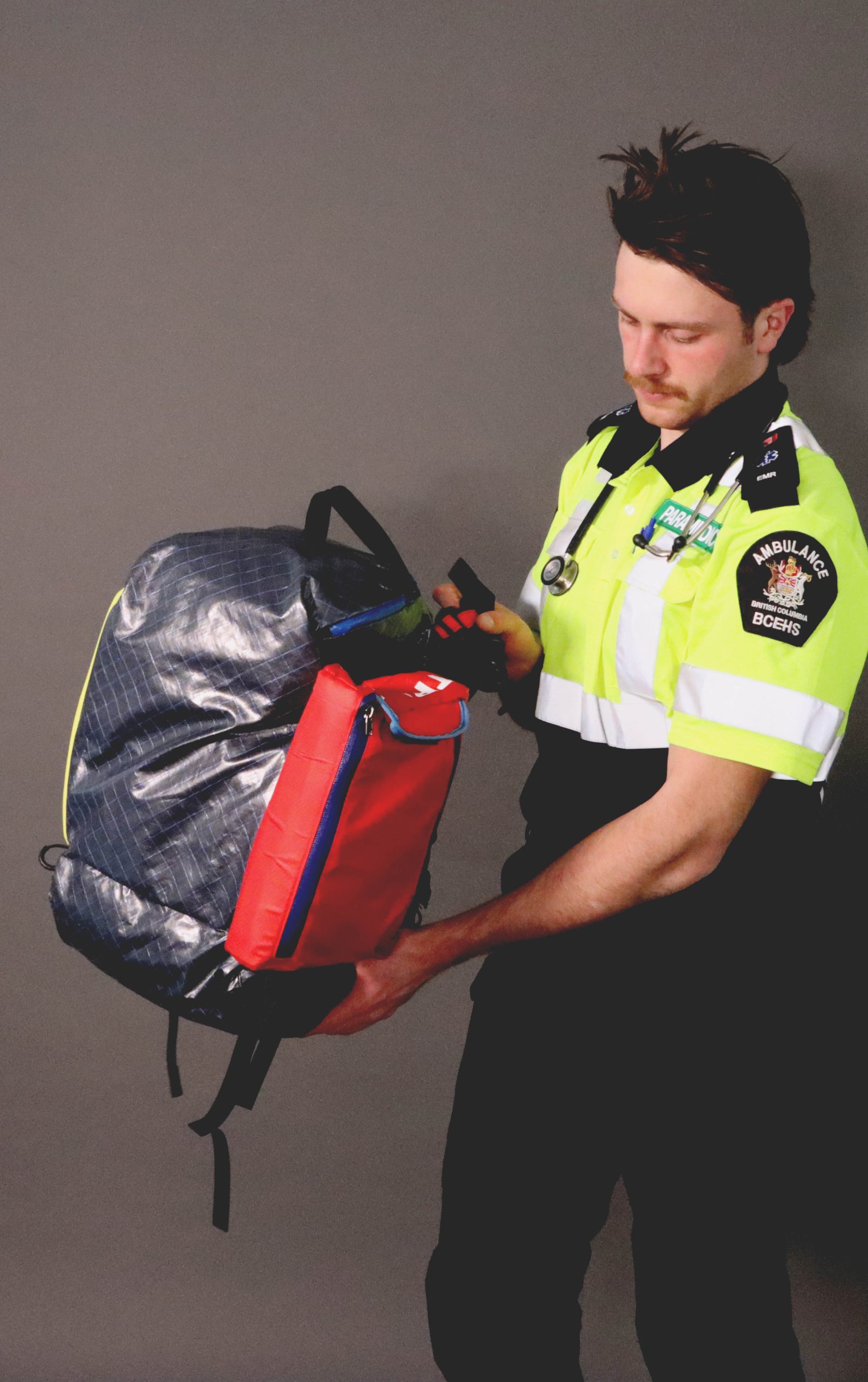
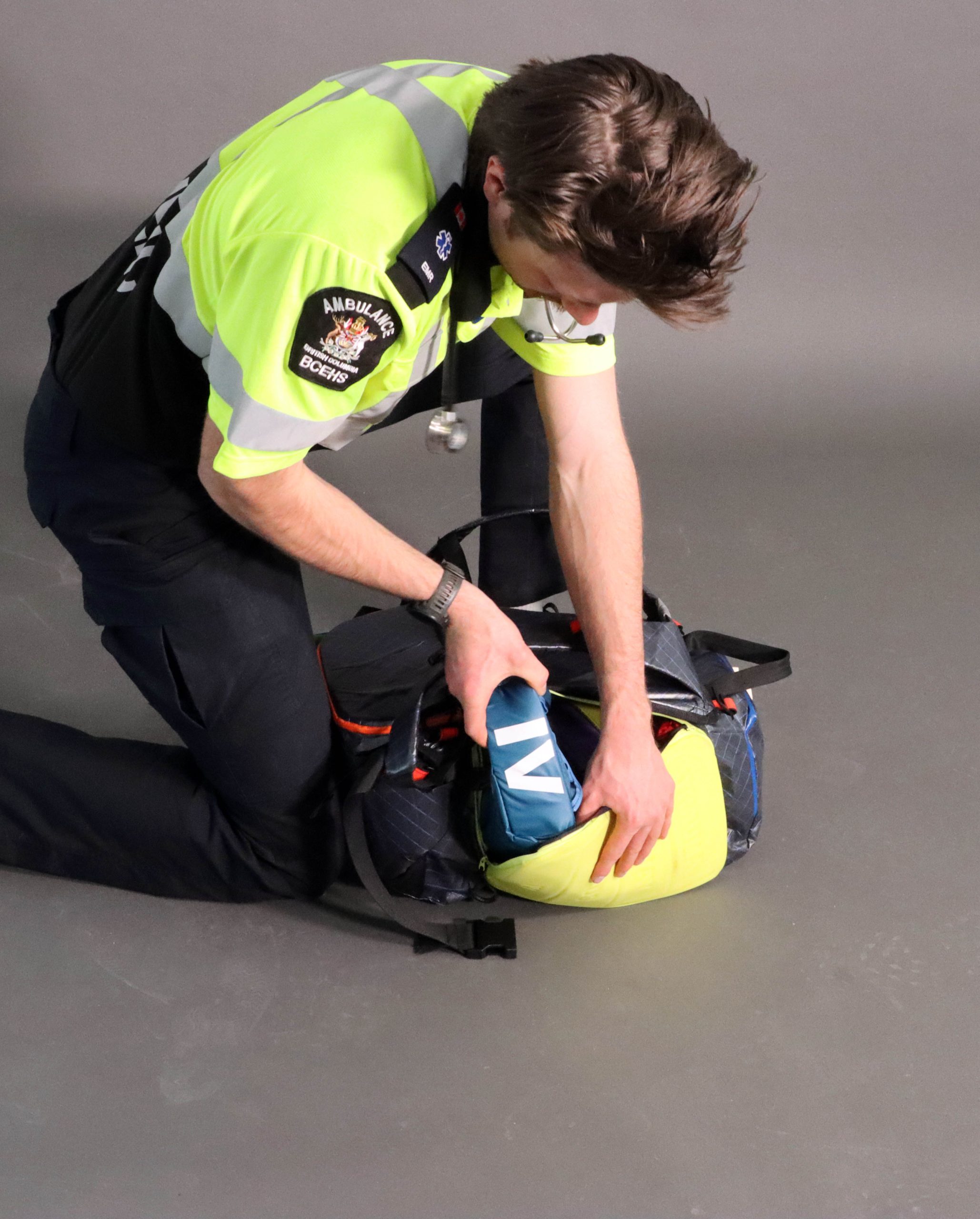
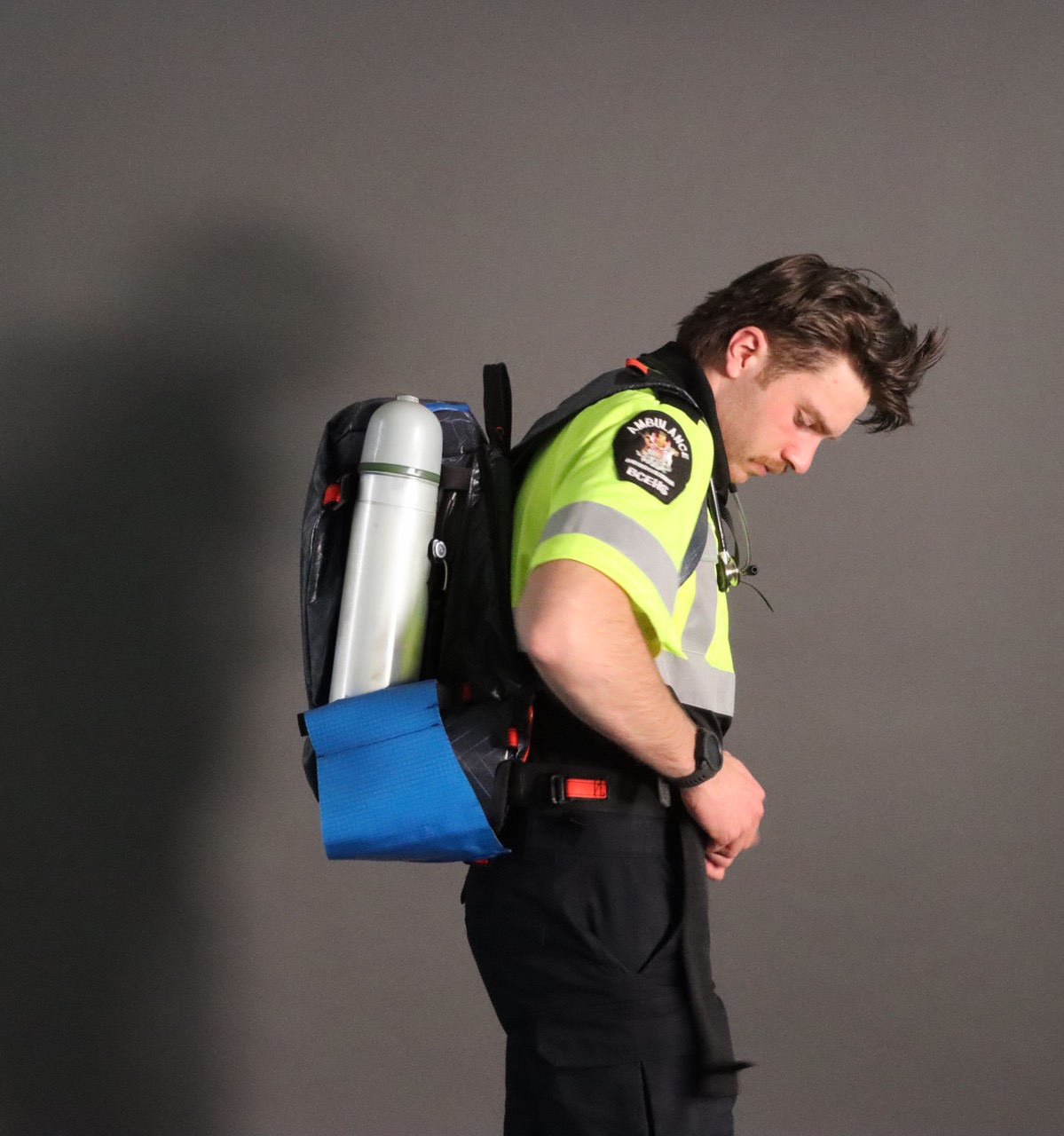
What makes it different from what’s currently on the market? CAR-E was made not just for its physical functionality and features. The kit excels and specializes in its ability to communicate its unique systems and functions. Through extensive research in human factors ergonomics and learning the distinct patterns that best convey information through written and gestural methods, CAR-E is designed to naturally lead the user to the intended tool. After drawing inspiration from the first-hand stressful experiences of responders, it focuses on reducing visual streams of information for the user, reducing the cognitive load. and emphasizing ergonomics, so that responders can respond to emergencies with less stress, more compassion, and greater professionalism.
CAR-E is not just a kit, it’s also a developed philosophy and set of guidelines that provide the building blocks to create more equipment that I like to call “cognitively-streamlined”. By following these guidelines, the equipment developed emphasizes reducing cognitive load for the user, reducing error and reducing the complexity of the equipment. The parameters I developed are as follows:
Colour over objects
Humans process colour quicker than we can process identifying an object. We’re also much better at telling the difference between two colour. This can be vital for preventing errors.
Compartmentalize
Miller’s Law states that, as a general rule of thumb, we can only visually process 7 (+/- 2) items of information at once. Organizing things into easily identifiable pockets allows an individual to process one pocket at a time, rather than process the entire bag of equipment.
Allow for modularity, but with structure.
Individuals should be provided the opportunity to customize, they can remember better that way. But too much deviation from a standard and people begin to make shortcuts. This is known as the “Normalization of Deviance”.
Contrast is key
Nothing within the kit should look similar to another thing, if this were to happen, the risk of providing the wrong intervention is considerable and the impact of that could be deadly. Colours should be high contrast or located in very different locations of the bag.

I want to provide an example of one of the strategies I leveraged to create the CAR-E jumpkit.
In the image to the left, see how fast it takes you to find the “13mm”…
Now see how fast you find the red dot.
Colour over objects: visually, we process colour the fastest and the clearest.
This is one of the many ways we can streamline visual communication for complex pieces of equipment. This guideline was used extensively in developing the jumpkit.

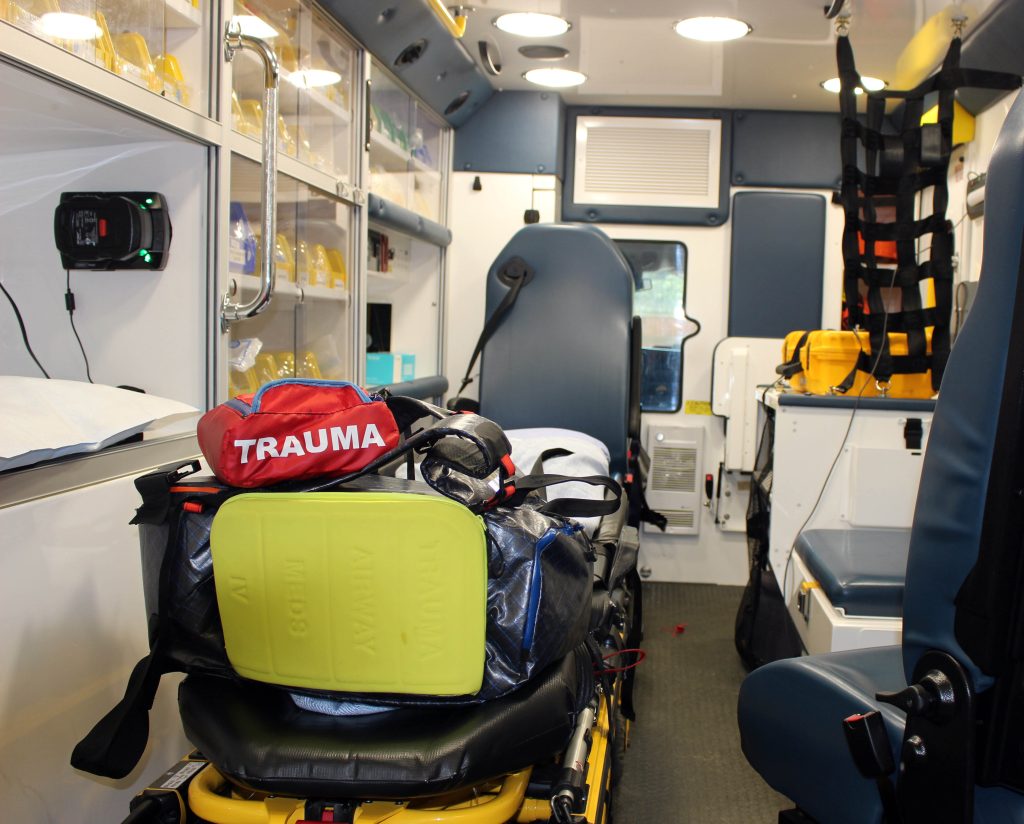
Developed with the collaborative input of Paramedics, Firefighters, and Search and Rescue members, CAR-E considers the job’s subtle and overlooked nuances to provide the most efficient and cognitively streamlined piece of equipment possible.
